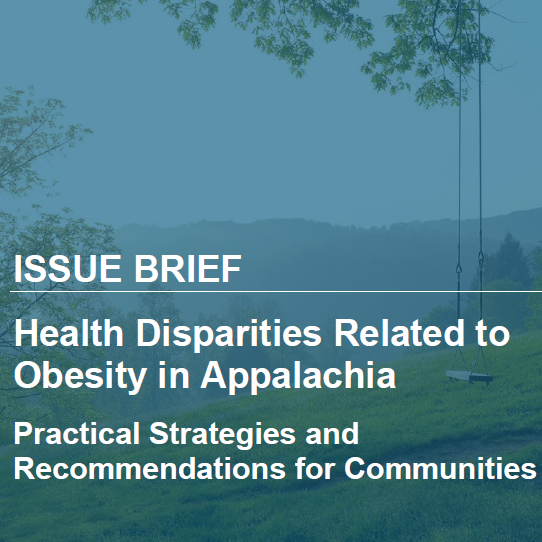At ARC, our mission is to boost economic growth and build capacity in Appalachia so that Appalachia achieves socioeconomic parity with the rest of the country. The building blocks include a healthy, educated, and skilled population; increased entrepreneurship, investments in critical infrastructure, and communities with the capacity to plan for their own future.
And while we have challenges to overcome, fortunately, there are dozens of innovative programs in Appalachia already that can serve as models for other communities—especially other rural and economically distressed ones that face additional challenges. The problem is acute, but there are some great potential solutions we can replicate and expand.
Ultimately, we hope that residents, advocates, practitioners and decisionmakers will use this brief, as well as the others in this series, to inform changes that will improve the quality of life throughout our communities.
